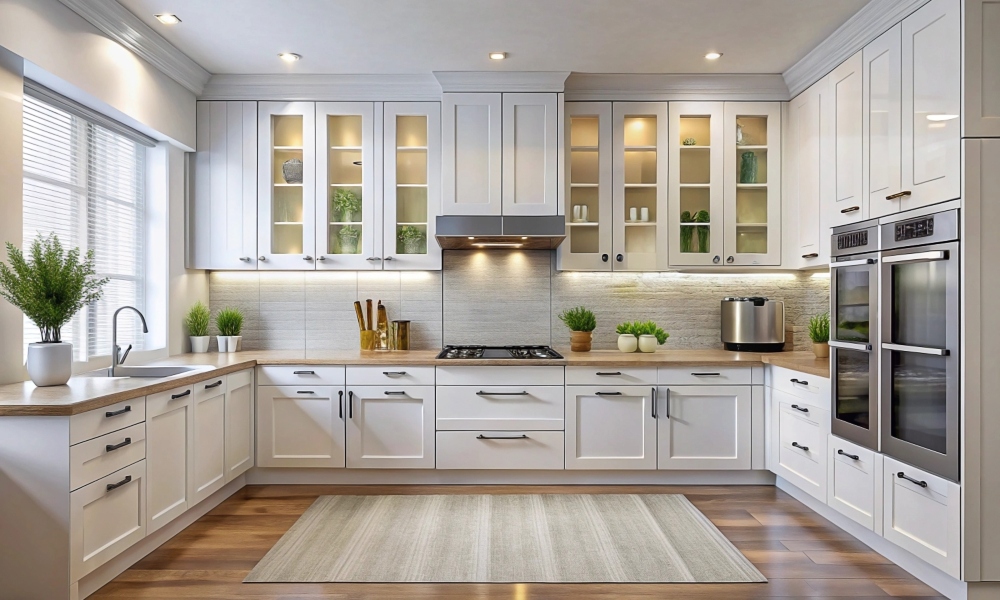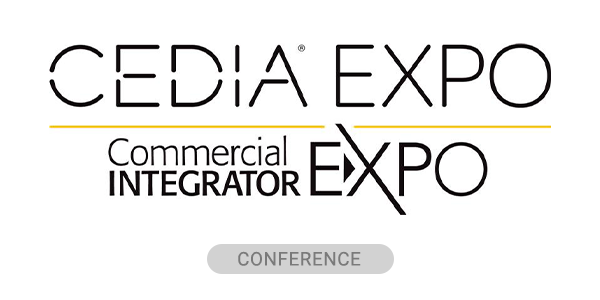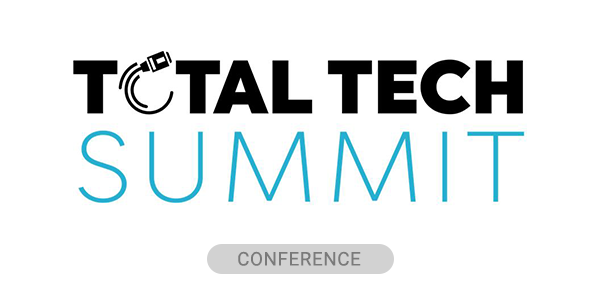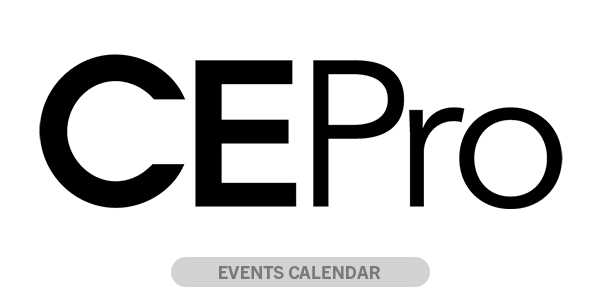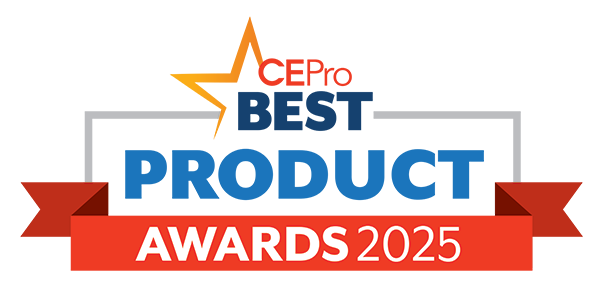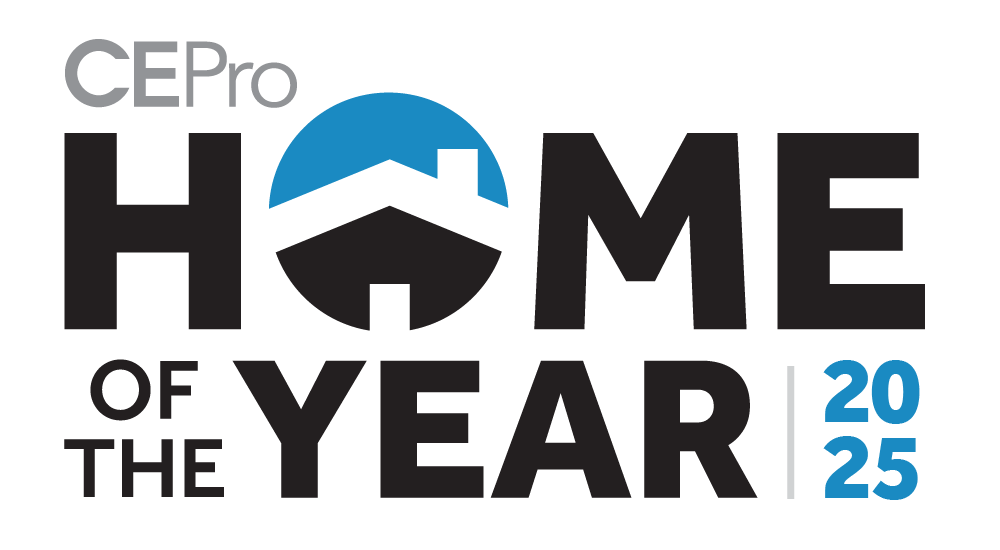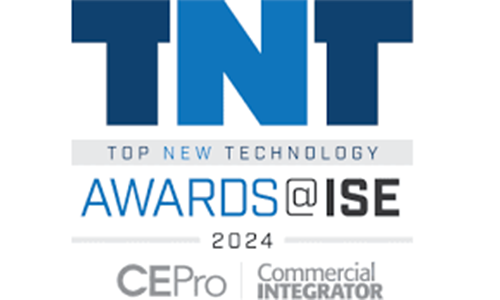Most of the custom integration industry has by now seen the light, so to speak, about the potential revenues from projects that include lighting controls and fixtures. As integrators’ expertise continues to increase in this rapidly maturing market segment, even brighter times selling lighting systems are ahead. Based on this year’s Lighting Controls & Fixtures Deep Dive survey, which was conducted in March, custom integrators earned a median $36K last year from projects that featured both technologies. More specifically, that breaks down into $21,411 for lighting controls and $15,501 for fixtures.
This was CE Pro’s first Lighting Controls & Fixtures Deep Dive since 2021, as our past three years have focused on the glut of information and guidance coming out of the annual Lightapalooza event.
It’s safe to say that many dealers now attack the lighting category armed with more know-how around the technologies and types of products available in the custom channel. The next stage is continuing to hone those services and charging more for system designs to grab more of the plentiful lighting pie.
Roughly 81% of Projects Now Include Either Lighting Control or Fixtures
We know integrators have been designing and installing lighting control systems for years, but fixtures is still relatively new to the game, with more manufacturers participating in events such as Lightapalooza and CEDIA Expo.
Related News: Ed Note: Is It Time to Rebrand for Lighting?
Not surprisingly, the majority of respondents to this year’s deep dive said their residential technology installations included at least one element of lighting controls or fixtures. Half of integrators sell lighting into 81% or more projects.
Of that number, essentially one-quarter of dealers installs lighting systems into over 90% of projects, which includes a full 10% of survey-takers that report selling lighting on every job.
Commercial Projects Remain Underrepresented
The CE Pro 100 conducts an increasing amount of business in the light commercial/resimercial market, but in many of those projects custom integrators are not doing the lighting work.
Roughly one-third (34%) of commercial projects do not include lighting, likely due to high-voltage work already contracted to be done (perhaps by a unionized electrical company) at the time of a property’s construction.
Like residential, at least 10% of light commercial integrators report incorporating lighting elements on all their projects. But most of the jobs that do include lighting only do so in up to 20% of their work.
Nearly half of all lighting projects are in new construction residences, while 11% are in commercial. The retrofit market has also been a boon to integrators; 32% of lighting jobs go into existing homes. Additionally, MDUs, which could fall into the resimercial category, represent 9% of end users.
Average Lighting Project Revenue Amounts to $30K+
In correlation with the amount of fixtures dealers are selling these days, lighting control systems can be high-ticket sales. Half of custom integrators pull in $30K+ on a lighting job, including a whopping 27% doing $50K+ jobs. As noted, median end-user cost is $21,411.
A contingent of integrators have realized that fixtures can create a nice profit center. Nearly one-fourth (24%) rake in over $50K per job. Median price is $15,501, and of that 53% of survey-takers are making up to $20K per fixtures project.
In terms of lighting controls, integrators have been earning their keep whether projects are small, medium, or large.
For example, when it comes to the actual control interfaces (keypads, for our purposes here), the survey data illustrates their value as project installations with 11-20 keypads match the same percentage of those with over 50 of them. Meanwhile, 26% of jobs incorporate 30-50 keypads, which appears to be the sweet spot.
When it comes to their design and installation, respondents to the deep dive survey say lighting controls are about equally split now between hardwired and wireless.
Tape Lighting Continues to Provide Solid Entry Point for Beginners
On the fixtures side, interior can lights and tape/linear lighting remain the most popular and many lighting providers do note that tape lighting continues to be a great entry point into the category. Additionally, smart bulbs/connected LED fixtures are installed on every job exactly one-third of the time.
As some dealers have discovered, custom luxury homes can include huge amounts of fixtures, which can be the most expensive part of a job. A full one-third (33%) of integrators sell and install a whopping 50+ fixtures per job, including 15% that have that number above 100 fixtures.
Integrators are putting fixtures in the usual high-traffic and heavily used spaces. Other includes closets, home gyms, etc. The most popular locations are den/family room/great room (88%); kitchen (87%); home theater (83%); formal living room (82%); primary suite (82%); foyer (81%); and dining room (72%). Locales such as kitchens and dens offer excellent opportunities to layer lighting for different tasks, as well as accentuation and aesthetics.
Outdoor spaces also provide a healthy avenue for fixtures installations. Addressing requests for exterior/landscape lighting happens on 63% of lighting projects, according to the survey-takers.
Future Predictions: Deep Dive Respondents See Grow in Low-Voltage Lighting
As far as growth potential for the category, integrators understandably are bullish in applications across the board. Respondents to the deep dive survey say hardwired lighting controls and low-voltage fixtures are anticipated to bump 12% apiece, with solid growth also forecast in landscape and other outdoor lighting, as well as adjacent automated shades/awnings solutions.
More work needs to be done on the partnership side for the category to spread or have integrators up the awareness that they install lighting controls and fixtures.
For instance, integrators are still more comfortable using their own designers or vendor and distributor partners to generate lighting designs. Almost half (47%) never use or very infrequently employ a certified lighting designer’s assistance on a project. Only 9% collaborate with a designer on more than 90% of their jobs.
If they aren’t working with a designer to bring them projects, how do custom integrators discuss and illustrate lighting for potential clients?
Most showrooms are outfitted with plenty of lighting controls and fixtures solutions for customers to experience, but three out of every 10 dealers who responded to the deep dive survey said they don’t have a commercial showroom.
Those that do have found it does make a difference to demo lighting (and often shading) in a real-world environment. Anecdotally, dealers often refer to the lighting demos as being similar in their experiential impact on customers.
It’s obvious to everyone in the industry how quickly lighting has gone from nice-to-have to must-have in today’s smart homes. It will be fascinating to see where this category goes from here… more Expo vendors? Easier installations? More commercial jobs? One thing is for certain: it’s not a good time to be missing out.
Keep Reading:
Here’s why good lighting design lies in compromise
Ever wonder what lighting designers do on integration projects? Read this.
Or check out how a purpose-driven approach can help amp up your lighting design
